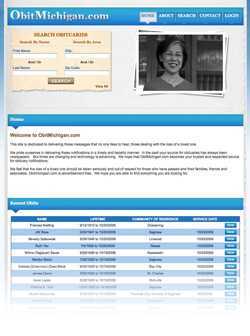 In his final Stop the Presses column (for Editor & Publisher), Steve Outing revises history with a look at how things might have gone for the newspaper industry. And –since they didn’t– what to expect next. From the HTMHG list:
In his final Stop the Presses column (for Editor & Publisher), Steve Outing revises history with a look at how things might have gone for the newspaper industry. And –since they didn’t– what to expect next. From the HTMHG list:
1. In 1994-95, newspaper executives recognize that the Web is something with the potential to rock their world, and increase R&D budgets significantly in order to plan for and begin building new businesses based on fast-developing new technology.
2. Learning from media history (e.g., TV started out as radio with a video image of the announcer speaking into a microphone), newspaper leaders decide not to repeat it this time around. They direct new-media R&D staff to design new online services that create original content and new utilities — things that are not possible in print but are online.
3. Fat and happy with enviable profit margins, newspaper companies’ leaders take note of the wave of Internet start-up companies in the late 1990s. Business development executives with technology experience are brought in from outside the newspaper industry to identify the most promising trends and start-up companies, and begin making acquisitions and/or significant investments, in a big way.
You get the idea. I do dread the day I read a similar “what might have been” about the broadcasting industry.

